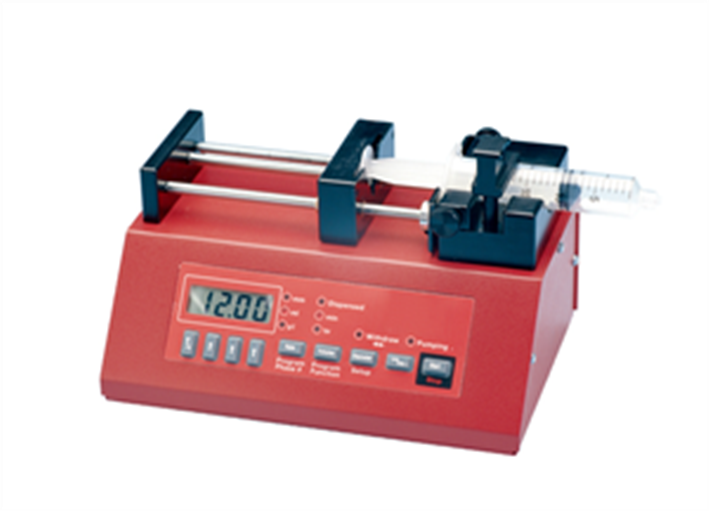
How to Define a New EVOM™ Auto GxP Sequence
EVOM™ Auto GxP Module is an add-on for the EVOM™ Auto Automated TEER measurement system that ensure 21 CFR Part 11 compliance to satisfy FDA requirements. The EVOM™ Auto is used for making transepithelial electrical resistance (TEER) measurements when you are testing for cell confluency or barrier integrity when you are doing drug absorption studies, tissue engineering, disease model, QC of cell-based assays and more. In this video we will create a sequence to use with an EVOM™ Auto that has the GxP module.
- When the system starts, the Main window displays. To create a measurement sequence, select the Manage Sequence menu. Select New Sequence
- Enter a name for your sequence, your comment, and your EVOM™ Auto GxP Client password. If you don’t want to add a comment, you may select the No Comment checkbox. If you do, default text appears in the comment line. Then, press the Save button to continue. The new sequence name is displayed at the top of the window
- Select Manage Sequence and choose your new sequence to display the Sequence window
- You may choose to display the measured resistance values or the TEER measurement. Select the Mode menu. Options include Resistance and TEER
- When you select the Mode>Resistance>Range, you can choose the resistance range for making measurements. Options include 10K Ohms, 50K Ohms and 100K Ohms
- When you select Mode>TEER, you may choose the resistance range and the well area. The well area defines the surface area of a well on your plate
- Select your blank option. This option measures the resistance of the first column, and this value is used as a baseline for each row. These values are subtracted from the measurements on the corresponding row to obtain the change from the baseline well to subtract any offset or background values
- To start the blank setup, select the Blank menu and choose Load Blank, and then New Blank to create a blank baseline data file. A popup asks for a name for your new blank file or data set
- Enter a name and press Save. After the sequence is saved, the container is created with a default value of zero shown. The blank name is updated on the Current State area
- Load a well plate with media or buffer in the first column of wells and place it in the well plate area on the autosampler
- To measure the blanks and load that information into the blank data set, select the Blank menu and choose Populate Blank. Press Continue to begin. The autosampler moves the electrode array to Column 1 and measures all eight values consecutively. The values are shown in the Blank area on the window as they are populated
- After the measurement is completed, a message appears. Press Continue to complete the sequence
- Setup the well time by selecting the Well Time menu. The well time is the number of seconds the electrodes are held immersed in a well before measurements are taken. Enter the desired time in seconds and press Save
- The three rinse stations may be used for rinsing, disinfecting, stabilizing or any other function desired. Configure the rinse schedule by selecting Rinse from the menu. The Rinse Time window appears. You can set the rinse time and the wait time in each rinse station using the toggle controls on each field. Three toggle buttons in the Rinse Options section on the right side of the window let you set when the rinse and wait parameters are implemented. The rinse time is the duration of time that the electrode array stays immersed in the rinse station. The wait time is the duration the electrode array waits above the rinse station to drip any remaining liquids
- After the schedule is set in the Rinse Time window, press Save to save the changes, and then return to the Sequence window
- Press the Save icon in the bottom right corner of the Sequence window to save the sequence. In the popup window, enter your comment, and your EVOM™ Auto GxP Client password
- Now that we have defined the sequence, we can use it in a plate
EVA-MT-03-01
EVOM Auto For TEER Measurement in 96 HTS Plate
System includes:
- EVOM™ Auto Autosampler
- HTS Electrode Array for 96 HTS Plates
- Interface Unit and Cable
- Control iPad with software
EVA-MT-03-02
EVOM Auto For TEER Measurement in Corning 24 HTS Plates
System includes:
- EVOM™ Auto Autosampler
- HTS Electrode Array for Corning 24 HTS Plates
- Interface Unit and Cable
- Control iPad with software
EVA-MT-03-03
EVOM Auto For TEER Measurement in Millipore 24 HTS Plates
System includes:
- EVOM™ Auto Autosampler
- HTS Electrode Array for Millipore 24 HTS Plates
- Interface Unit and Cable
- Control iPad with software









Request
Catalogue
Chat
Print